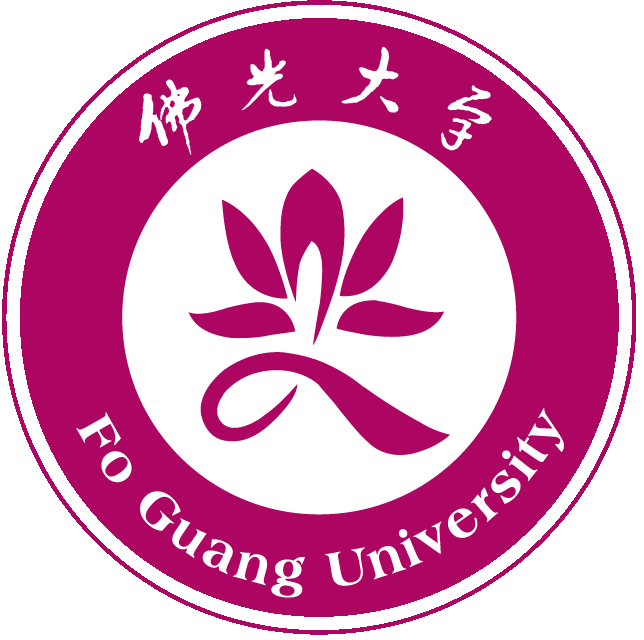In recent years, the NPM has actively developed its cultural and creative industry with impressive results. The stories behind these achievements—ranging from instant noodles, bubble tea, beef noodles, and dumplings to gold bars—are as imaginative as they are popular. Through this workshop, the organizers hoped to broaden students’ horizons and enhance their capacities to meet future workplace challenges.
Director Wang introduced the NPM’s years of experience in promoting digital archiving, cultural and creative development, and brand licensing. His talk covered product R&D, design and marketing strategies, as well as examples of brand licensing expansion overseas. With nearly 700,000 artifacts in its collection—including many national treasures of significant historical value—the digitization process has been a demanding undertaking. Yet, thanks to sustained effort, over 70% of the collection has now been digitized, forming a rich and meaningful digital archive that highlights the NPM’s international stature as a national museum.
He explained how the NPM transforms the stories and cultural significance of its artifacts into marketable cultural and creative products, combining traditional heritage with modern aesthetics. These items are not only suitable for everyday life but also meet international boutique standards. To expand global visibility, the museum adopts diverse marketing strategies such as brand collaborations, fashion shows, short films, retail partnerships, and social media outreach. These efforts have successfully propelled the NPM brand onto the global stage, exemplifying the museum’s international brand development.
In addition, the NPM has established 17 digital databases rich in content and offers an “OPEN DATA” section where images can be freely used without application, restriction, or fees. This significantly enhances the accessibility and utility of its digital resources. Director Wang encouraged attendees to make active use of these tools, expressing hope that they would support further academic research and cultural innovation.
This event attracted nearly a hundred participants, including faculty and students from various departments at Fo Guang University such as History, Chinese Literature, Public Administration, Sociology, Economics, Industrial Development, and Psychology, as well as professionals from cultural, publishing, and library fields from Taipei and Yilan areas. Participants found Director Wang’s generous and candid sharing deeply enlightening and rewarding, and expressed great admiration for the NPM’s bold and successful transformation efforts.
 |
 |
 |
 |
 |


